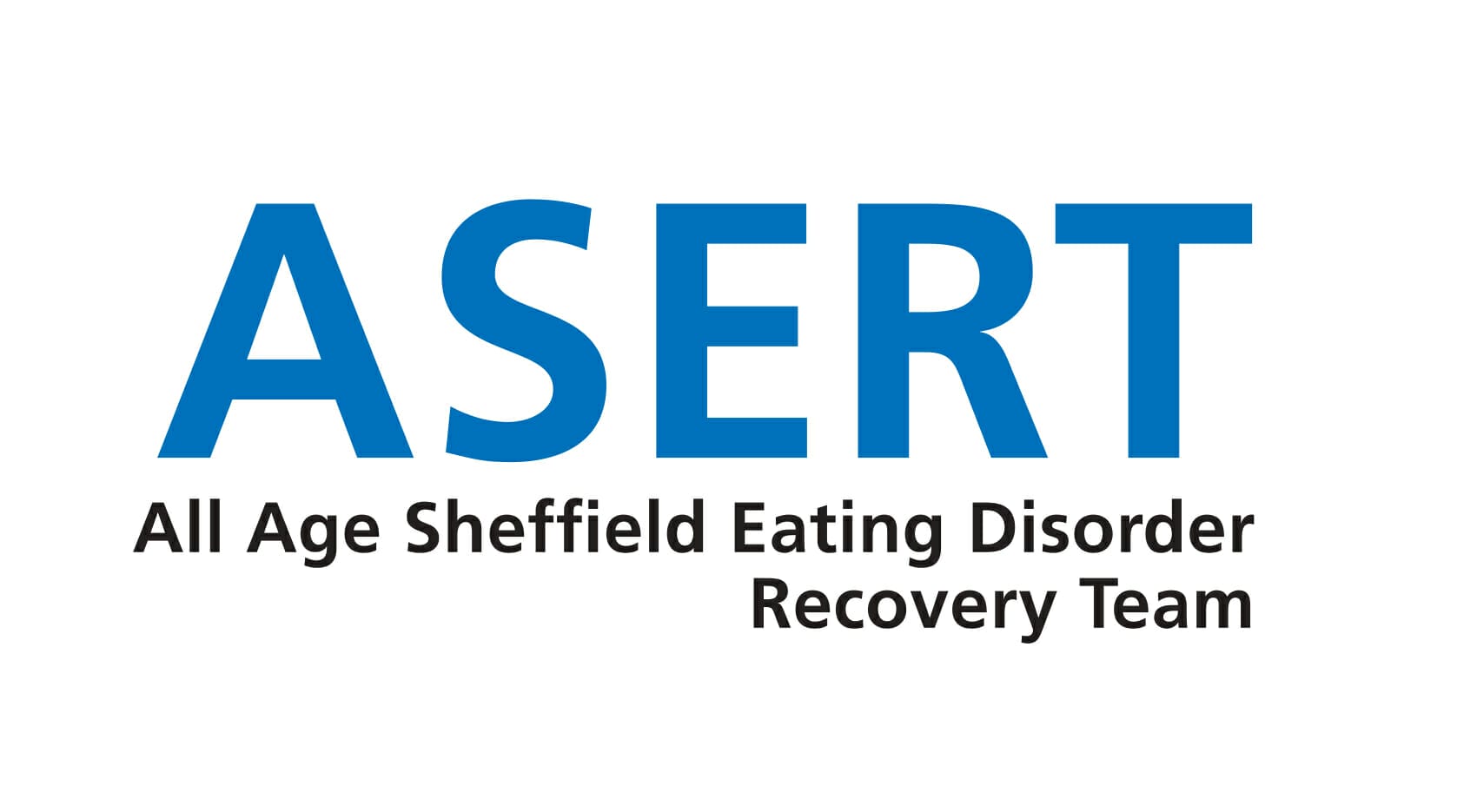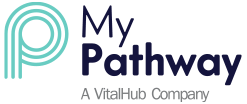Self-referral
Self-referral enables patients to feel empowered in their healthcare journey and removes the need for patients to always visit their GP first.
The benefits of self-referral
How does it work?
Self-referral
Patients self-refers via a public website, they are required to complete a self-referral questionnaire.
Registration
The answers are reviewed and if approved by a clinician, a MyPathway account is set up for the patient.
Welcome to MyPathway
The patient receives a Welcome to MyPathway personalised message.
Digital Triage
The patient is digitally triaged and is either accepted as a patient or put on a self-care pathway, with access to resources and ongoing monitoring of their condition.
Resources
Patients are sign-posted personalised resources.
Appointment
Once their questionnaire is reviewed, the patient is able to book an appointment. Appointment details are shown within the app.
How self-referral can be implemented within your service
ASERT on MyPathway
MyPathway are working alongside ASERT (All age Sheffield Eating disorder Recovery Team) to produce a pathway which will be initially used by patients aged >16 living with eating disorders. The services will provide a real-time monitoring tool through which clinical teams will be able to review patient progress and adapt support to respond to changing patient needs.
ASERT on MyPathway provides patients with access to a more cohesive pathway of integrated services. By embracing active early intervention and prevention, MyPathway will facilitate assessments and treatments to patients and importantly allow systematic collection of outcome measures to drive treatment delivery. The MyPathway tool will allow patient-clinician encounters to be quicker and approachable to help deliver more person centred care.
Patients can self-refer, and once their referral is reviewed and approved by a clinician, they will be able to create a MyPathway account. The patient is then triaged by a clinician to determine which one of the two following pathways they are suitable for.
Non-acute pathway - This is a self-management pathway.
Acute pathway - This pathway is recommended for patients who require intervention and includes regular face-to-face appointments with specialists.

MyPathway Antenatal Physiotherapy (self-referral)
With MyPathway Antenatal Physiotherapy self-referral, patients are able to refer themselves to the Women’s Health Physiotherapy Team (WHPT). Once a patient has completed the self– referral questionnaire, their details will be reviewed by the WHPT and they will be sent an email asking them to make their first appointment.
In the lead up to their appointment, patients will be given access to resources, including antenatal physiotherapy exercises, to help with their condition and to allow the patient to provide feedback on their wellbeing. For the first appointment the patient will have the option of a face-to-face (one-on-one) session, video self-management or an antenatal physiotherapy class.

